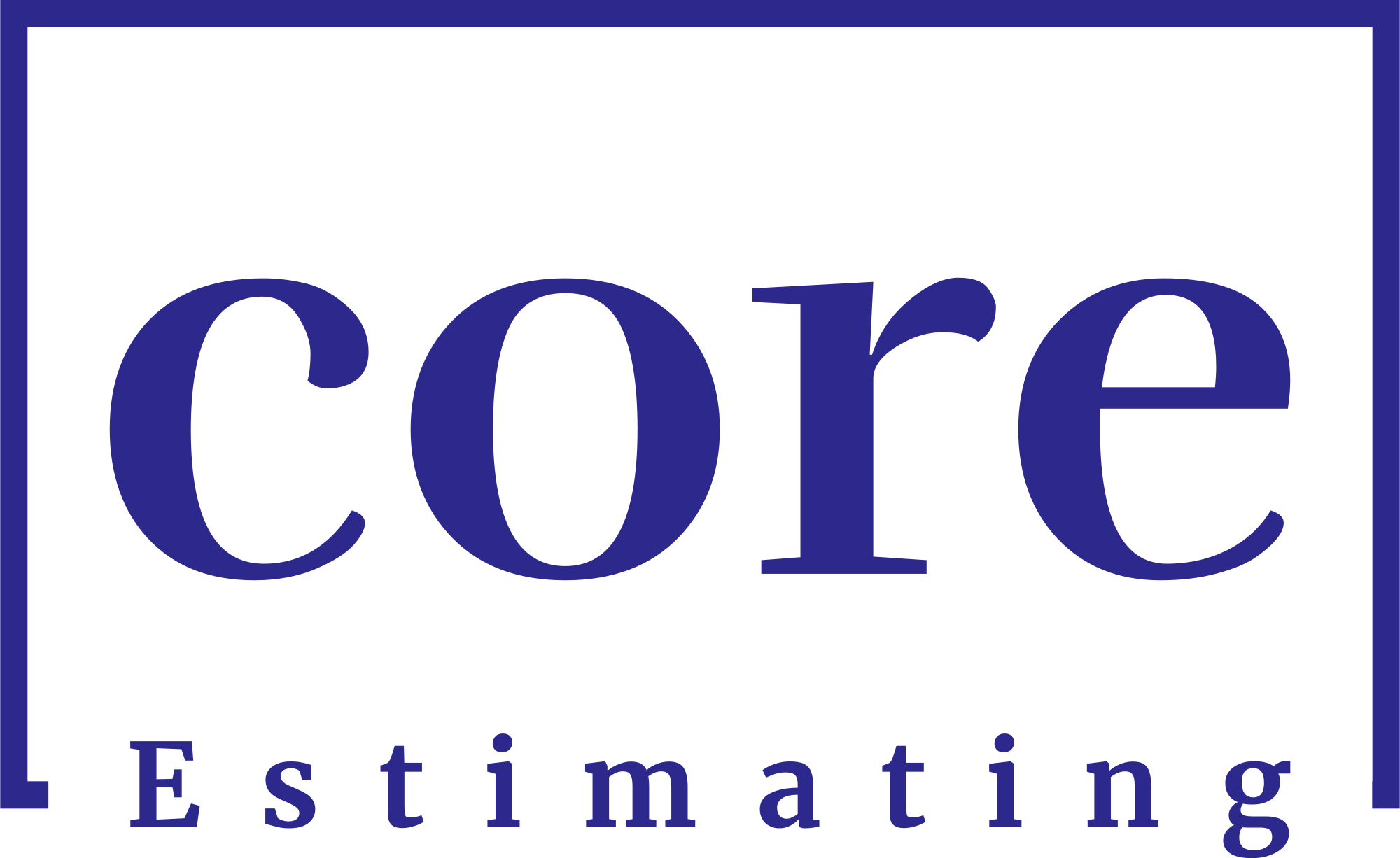Cost estimation is a crucial aspect of project planning and management. It involves the process of predicting the expenses associated with a particular project or task. By accurately estimating costs, businesses can make informed decisions, allocate resources effectively, and ensure the success of their endeavors. In this article, we will delve into the concept of cost estimation, explore different methods and techniques, and provide real-life examples to help you understand its importance and implementation.
Understanding Cost Estimation
Cost estimation is the process of approximating the financial resources required to complete a project or task. It involves identifying and quantifying all the expenses associated with labor, materials, equipment, and other resources needed for successful project execution. Cost estimation is typically performed during the planning phase to help stakeholders make informed decisions and allocate resources effectively.
If you’re in need of construction estimate services, simply go to homepage or follow the links below:
| Services | Links |
|---|---|
| Detailing Services | Link |
| Building Information Modeling | Link |
| General Contractor | Link |
| Subcontractors | Link |
| MEP | Link |
Importance of Cost Estimation
Accurate cost estimation is vital for several reasons:
- Resource Allocation: Cost estimation allows businesses to allocate resources efficiently by determining the financial requirements of a project. It helps prevent budget overruns and ensures that adequate resources are available to complete the project successfully.
- Project Planning: Cost estimation provides insights into the financial feasibility of a project. It helps stakeholders evaluate the project’s viability, set realistic goals, and plan accordingly.
- Decision Making: Reliable cost estimates assist in making informed decisions. They help stakeholders prioritize tasks, evaluate alternative approaches, and select the most cost-effective options.
Common Methods of Cost Estimation
Several methods are commonly used for cost estimation. Let’s explore three popular approaches:
1 Analogous Estimating
Analogous estimating, also known as top-down estimating, relies on historical data from similar past projects to estimate costs. This method assumes that projects with similar characteristics will have comparable costs. By leveraging the experience and knowledge gained from previous projects, estimators can quickly provide cost estimates.
2 Parametric Estimating
Parametric estimating involves using statistical relationships between historical data and project parameters to estimate costs. It uses mathematical models and formulas to establish cost relationships. This method is particularly useful when historical data is limited, and a systematic approach is needed for cost estimation.
3 Bottom-Up Estimating
Bottom-up estimating is a detailed and comprehensive approach that involves estimating costs at a granular level. This method breaks down a project into smaller components, estimates the costs of each component, and then aggregates them to determine the total project cost. Bottom-up estimating provides a more accurate estimate but requires more time and effort.
Examples of Cost Estimation in Various Industries
Cost estimation finds applications in a wide range of industries. Here are a few examples to illustrate its significance:
1 Construction Industry
In the construction industry, cost estimation is vital for project planning, bidding, and budgeting. Estimators analyze project requirements, materials, labor costs, equipment expenses, and other factors to estimate the overall project cost accurately. This helps construction companies determine the feasibility of a project and make competitive bids.
2 Software Development
Software development projects often involve complex requirements and various stages. Cost estimation plays a crucial role in determining the development effort, resource allocation, and budgeting. Estimators consider factors such as software complexity, team size, development methodology, and maintenance costs to provide accurate cost estimates.
3 Manufacturing Sector
In the manufacturing sector, cost estimation is essential for production planning, pricing strategies, and profit analysis. Manufacturers estimate costs associated with raw materials, labor, machinery, overhead expenses, and other factors to determine the product’s selling price and profitability.
Factors Affecting Cost Estimation Accuracy
Several factors can influence the accuracy of cost estimation:
- Project Scope: A well-defined project scope leads to more accurate cost estimates. Vague or incomplete project requirements can result in significant cost deviations.
- Data Availability: The availability of reliable and relevant historical data significantly impacts cost estimation accuracy. Sufficient data from previous projects allows for more informed estimates.
- Expertise and Experience: The knowledge and expertise of estimators greatly influence the accuracy of cost estimates. Experienced estimators can draw upon their domain knowledge and lessons learned to provide more reliable estimates.
Best Practices for Effective Cost Estimation
To ensure accurate and reliable cost estimation, consider the following best practices:
1 Define Project Scope and Objectives
Clearly define the project scope and objectives to establish a solid foundation for cost estimation. Ensure that all stakeholders have a shared understanding of the project’s goals and deliverables.
2 Collect and Analyze Historical Data
Collect and analyze historical data from similar projects to identify patterns and trends. Historical data provides valuable insights into costs, resource utilization, and potential risks.
3 Utilize Expert Judgment
Leverage the expertise of experienced professionals in the estimation process. Expert judgment helps address uncertainties, assess risks, and refine cost estimates.
4 Consider Risk and Uncertainty
Factor in potential risks and uncertainties when estimating costs. Account for contingencies and incorporate buffers to accommodate unforeseen events or changes in project scope.
Conclusion
Cost estimation is a critical aspect of project management that helps businesses plan, allocate resources, and make informed decisions. By accurately estimating costs, organizations can avoid budget overruns, ensure project feasibility, and achieve successful outcomes. Implementing the appropriate cost estimation methods and following best practices will contribute to better project planning and execution.






